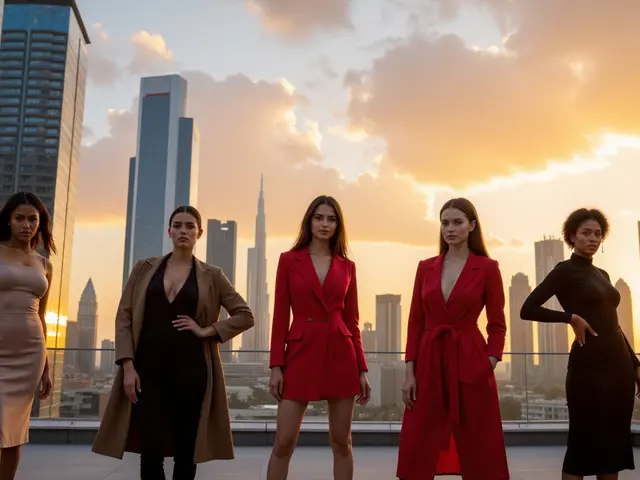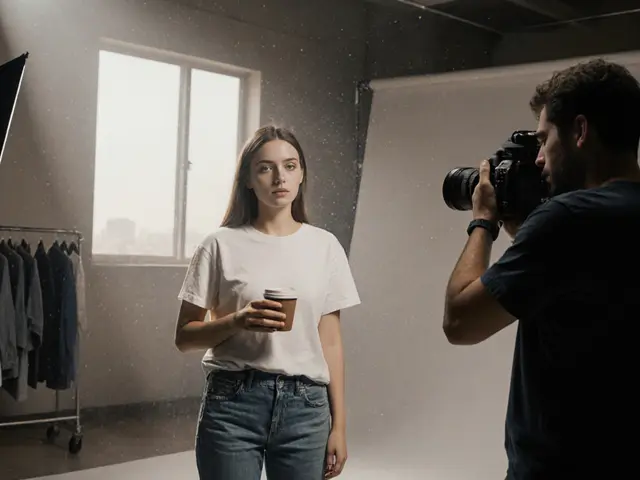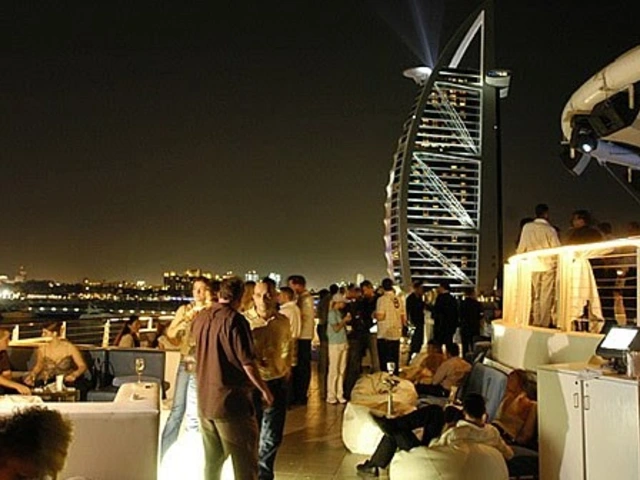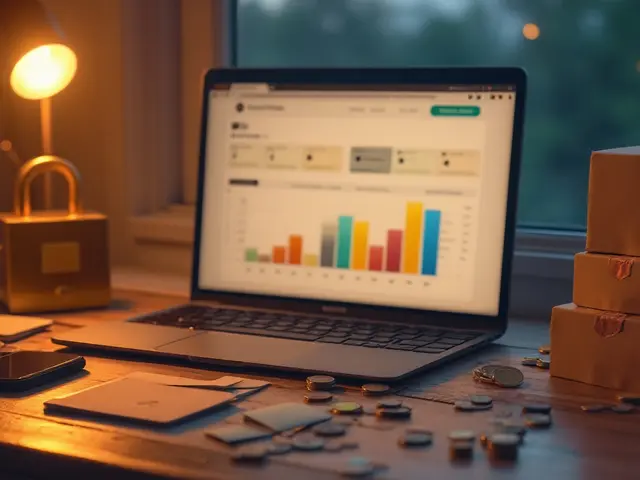Walk around Zabeel Park, and you can’t miss it—a colossal picture frame slicing the bright Dubai sky. It’s called the Dubai Frame, and it’s not just another modern gimmick or Instagram prop. If you live in Dubai, or even if you’re just visiting for a quick business trip, this massive structure is hard to ignore. It’s become one of those rare places where everyone—families, tourists, artists, and entrepreneurs—can find something to marvel at. In a city that’s practically obsessed with world records and mind-blowing projects, the Dubai Frame is unique: it’s a landmark that literally frames the city’s story.
The Story Behind Dubai Frame: More than Just Another Tall Thing
There’s a reason the Frame stands where it does. Zabeel Park isn’t just a patch of green in the middle of glass towers—it sits on the edge of old and new Dubai. The project was the brainchild of Fernando Donis, a Mexican architect who wanted to create a bridge between the city’s past and future, literally framing this duality in one massive photo opportunity. They finished it in January 2018, after a few years of work and tweaking designs. The numbers behind the project are staggering: it stands 150 meters high and 93 meters wide. That’s taller than the Leaning Tower of Pisa, standing boldly between Karama’s lively markets and the glistening towers of Sheikh Zayed Road.
But here’s the cool thing—it’s not just about the size. The Dubai Frame works like a window—one side shows off views of Old Dubai: humble Deira, the bustlingsouqs, and the winding creek that helped put Dubai on the map. The other offers a snapshot of New Dubai: the shiny skyline, Burj Khalifa, and all the glittering symbols of success. Inside, the journey begins with the “Old Dubai Gallery,” full of multimedia displays, old photographs, and even foggy recreations of what traditional Emirati life looked like before oil changed the game. Pre-oil Dubai was all about pearl divers, dhows, hot sand, and date palms. This section is carefully curated, with details that are especially relatable for anyone raised on their grandparents’ stories.
Head up in a lift—one with glass panels, by the way—and the city unfurls below you. At the top, you’re 48 floors up. The observation deck is 93 meters across and has a glass floor that most Dubai kids dare their friends to step onto (and yes, it’s perfectly safe—the glass is ultra-reinforced and regularly maintained). You’ll find locals and expats showing off the view to visitors, photographers angling for a sunset shot, and even business professionals snapping quick selfies before moving on to their next meeting.
Architectural Brilliance: A Frame with Meaning
Dubai has the Burj Khalifa if you want tall, the Burj Al Arab for luxury, and the Palm Jumeirah for artificial islands you can see from space. But the Frame? It’s purposely simple—two towers joined together, wrapped in gold-colored stainless steel panels with ring patterns echoing the Expo 2020 logo. The golden cladding pays tribute to Dubai’s trade in gold, a nod to the souqs where gold jewelry shops still stand shoulder to shoulder.
The Frame’s position isn’t random, either. City planners chose the spot for its direct line between old and new. On a clear day, you get a side-by-side comparison: look northeast and you’re staring at the Dubai Creek, the Grand Souq, and heritage villages like Al-Fahidi. Look southwest and there’s the full line-up—Burj Khalifa, Emirates Towers, DIFC’s futuristic cluster. Every hour, the light shifts and the cityscape looks completely different, making this building a jackpot for photographers. Annual events like National Day make the Frame especially photogenic, dripping with themed lights and hosting special shows. Want a good Eid photo that screams “Dubai”? This is the place.
Workshops are common here, especially around UAE National Day or Dubai Shopping Festival season. They teach Emirati calligraphy, traditional crafts, and even history bites tailored for families and students. So if you have kids, you’ll find plenty that isn’t just staring out of windows. Onsite guides speak Arabic, English, Hindi, and more, and they’re surprisingly open to sharing extra tidbits if you ask. Fun fact: The pattern on the frame represents the infinite possibilities and ambition of the people of Dubai—no accident, just typical Dubai-style symbolism.
Visiting Dubai Frame: What to Know (and What to Expect)
If you’re planning to visit the Dubai Frame, there are a few tips that make your experience smoother. First, tickets: they’re pretty affordable compared to other city landmarks (adults pay around AED 50, and it’s free for children under three and People of Determination). Book your slots online—weekend lines can stretch outside, especially in winter when the weather’s perfect for park picnics and selfies. Ramadan afternoons and UAE National Day are the busiest, with visitors from every corner of the city.
The Frame opens from 9:00 am to 9:00 pm all week, but late afternoons are magic—the golden hour in Dubai gives the city an orange-pink glow that filters through the glass. Pro-tip: Parking at Zabeel Park is straightforward if you arrive early, and you can easily hop on the Metro and walk from the Al Jafiliya or Max stations. If you want to avoid crowds, try weekday mornings during school terms—less school trips, fewer tour groups, and a much slower pace. You get maybe 1-1.5 hours inside if you’re soaking it all in, but there’s no major rush—nobody hustles you along.
Don’t skip the souvenir shop at the exit; it’s stocked with surprisingly decent Emirati crafts and fun Dubai Frame-themed trinkets for the relatives back home. Hungry? The café at the top isn’t just about coffee and sandwiches—it offers Arabic tea, sweet dates, and, if you ask nicely, sometimes even luqaimat. Zabeel Park itself deserves a mention. Most residents have had a Friday barbecue here at least once, and the Frame has sparked a little rebirth in the park; you’ll see families picnicking, runners doing laps, and kids running wild till dark. Drones are banned, though, so don’t bother packing one unless you’ve got special permission—which is rare in Dubai public spaces.
If you want to get really nerdy, here’s the Frame’s visitor data from 2018-2024:
| Year | Annual Visitors | Major Events |
|---|---|---|
| 2018 | 1,350,000 | Grand Opening, National Day Light Show |
| 2019 | 1,610,000 | Expo 2020 countdown, DSF Workshops |
| 2020 | 900,000 | Pandemic restrictions |
| 2021 | 1,480,000 | Expo 2020 events, Night tours added |
| 2022 | 1,760,000 | Art installations, New Year's celebrations |
| 2023 | 1,880,000 | Etihad Museum collaboration, Family days |
| 2024 | 2,050,000 | UAE Golden Jubilee events, Kids’ workshops |
Accessibility is a Dubai priority, and the Frame is no exception—there are ramps, tactile paths for the visually impaired, wide elevators, and friendly staff. This isn’t just lip service; People of Determination get VIP attention here, with wheelchair-friendly paths and guides who know how to help.
As for security, this is Dubai—expect bag checks, gentle reminders not to linger too long on the glass floor, and a lot of CCTV. But it’s a safe, family-friendly place. Dubai’s rules about public behavior apply, so you’ll see people in abayas, jeans, kanduras, and saris all sharing the space. It’s one of the few places you really see the city’s diversity in action, especially if you hang around on a Friday morning.
Why Dubai Frame Resonates: Not Just for Tourists
The Dubai Frame answers a question that lots of Dubai residents quietly wonder: Can a city obsessed with record-breaking buildings and luxury still share its real story? Turns out, yes. The Dubai Frame pulls off something rare—it invites you to peek at what Dubai was and what it’s racing towards, side by side. You don’t need to be a history buff; it’s enough that you recognise the souqs or have struggled in Sheikh Zayed Road traffic. For UAE nationals, the exhibit is a proud reminder that Dubai’s roots run deeper than the hashtags and supercars. For expats, it gently says, “You’re part of this story, too.”
If you’ve lived in Dubai for a while, you know how quickly the city can change. Your favorite shawarma stand disappears overnight, a new building blocks yesterday’s view. The Frame stands as a reminder that Dubai’s story matters—not just the parts that sparkle, but also the parts rooted in sand, water, and human grit. It’s become a backdrop for proposals, family outings, major TV shoots, and even high-profile art events. The hashtag #DubaiFrame is packed with everything from wedding shots to quirky attempts at framing the Burj Khalifa within the Frame itself.
If you haven’t taken your turn at the Frame yet, it’s worth considering—especially if you want to understand why locals and long-timers have an affection for it that goes beyond novelty. It’s not just a monument. It’s a lens that makes you look twice at Dubai—the glitz, the tradition, and the messy, beautiful in-between.




